Sustainable Construction Practices
Sustainability in construction refers to a project that is built to last.
The home is a combination of different systems that interact together. A thorough understanding of construction materials and building science is essential to help optimize the home’s performance and achieve the homeowner’s objectives.
Utilizing the house-as-a-system methodology is necessary to understand how the different systems and components work together and how any alteration to one system will affect the other components of the home.
Our sustainable practices consider many aspects including: architectural and interior design details, material selection, construction methods and building envelope, indoor air quality, ventilation, energy efficiency, water conservation and business practices.
We will work with you to achieve the following objectives:
Perfect your home’s architectural and interior design details to deliver a home that is functional and timeless.
Make your home more energy efficient by improving air tightness and insulation levels and by installing appliances, mechanical systems and lighting fixtures that consume less energy.
Make your home healthier and more comfortable by understanding the house’s specific requirements, selecting appropriate materials that reduce contamination and providing adequate ventilation.
Reduce your home’s environmental impact by selecting environmentally friendly materials sourced locally, installing water efficient fixtures, recycling construction waste and implementing efficient construction practices.
Sustainable Home Features
Sustainable practices form the core values of our services. Depending on your preference, we can work to make your home as green as you like. Listed below are some elements of a sustainable home.
Functional and Timeless
Layout designed to address the family’s needs.
High-quality material and finishes selected to provide a timeless design and beautiful aesthetics.
Energy Efficiency
Building envelope insulation exceeding Building Code requirements.
Continuous air tight layer, to reduce convective heat loss.
Advanced framing techniques, to reduce thermal bridges and conductive heat loss.
Passive solar shading devices on windows to reduce overheating of the interior space in summer.
Energy efficient doors and windows with low-e coating, argon gas between the panes and a thermally broken and insulated frame.
High efficiency heating and cooling systems, with programmable thermostats.
Drain water heat recovery (DWHR) to recover heat from the shower drain.
ENERGY STAR® certified equipment and appliances.
High-efficiency tankless water heater, that heats water only when required.
Insulated hot water pipes.
High-efficiency lighting such as LED
Air Quality
Balanced ventilation system.
High-efficiency heat recovery ventilator (HRV) or energy recovery ventilator (ERV) with programmable thermostat.
High-efficiency air filters for ventilation and forced air heating units.
Carbon monoxide detectors.
ENERGY STAR® certified exhaust fans.
Water Conservation
Dual flush toilets and low-flow showers and faucets.
Water saving dishwasher.
Ventless washer and dryer combo.
Material Selection
FSC certified wood products.
Low VOC content paint and adhesives.
Recycled or reclaimed products for insulation, wood, finishes, etc.
Water based urethane finishes used on all site-finished wood floors.
Durable materials and low maintenance finishes.
Download your Home Maintenance Checklists
Following a thorough maintenance schedule is essential to protect the value of your home, extend the service life of the different systems and avoid costly repairs.





